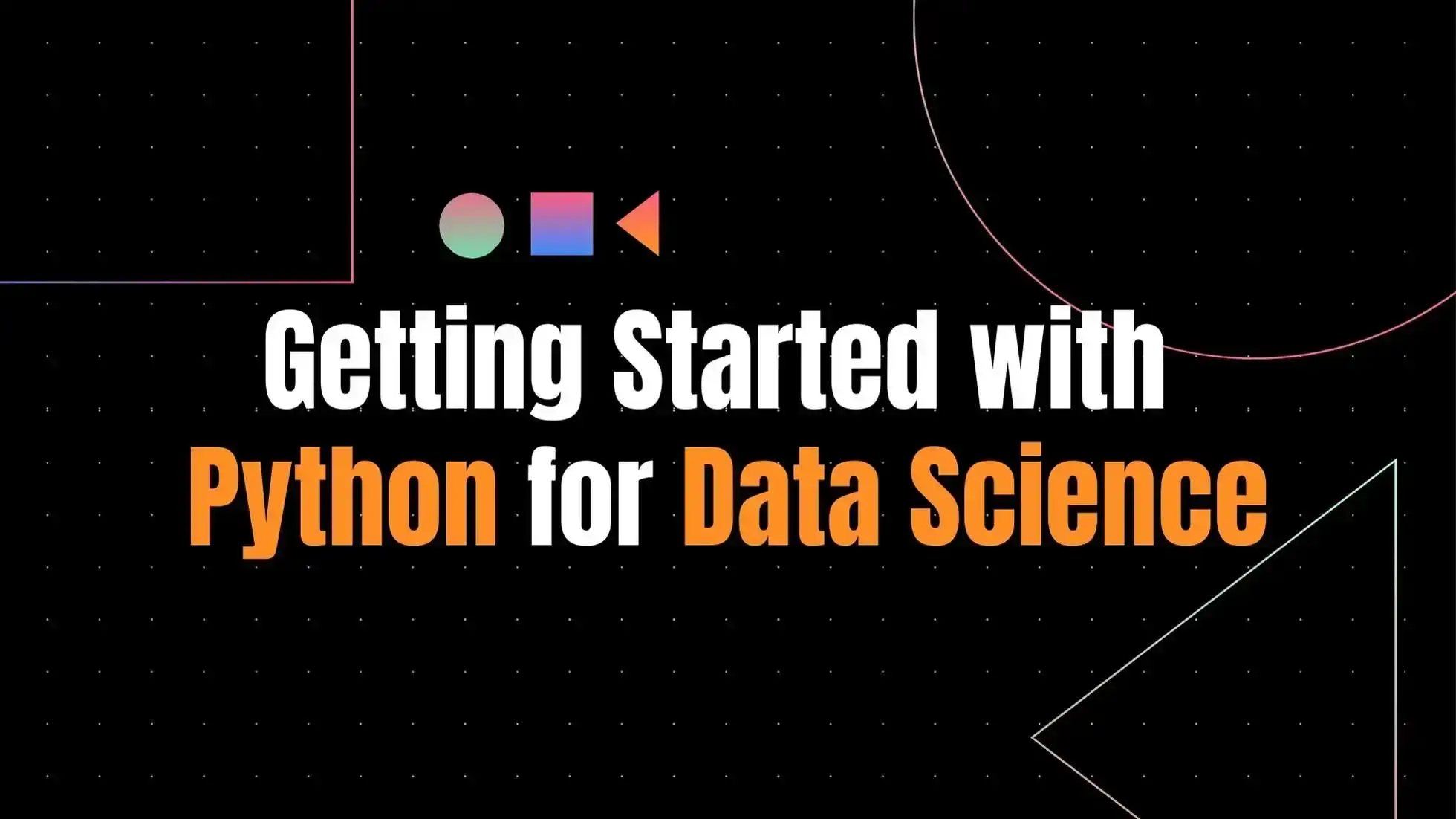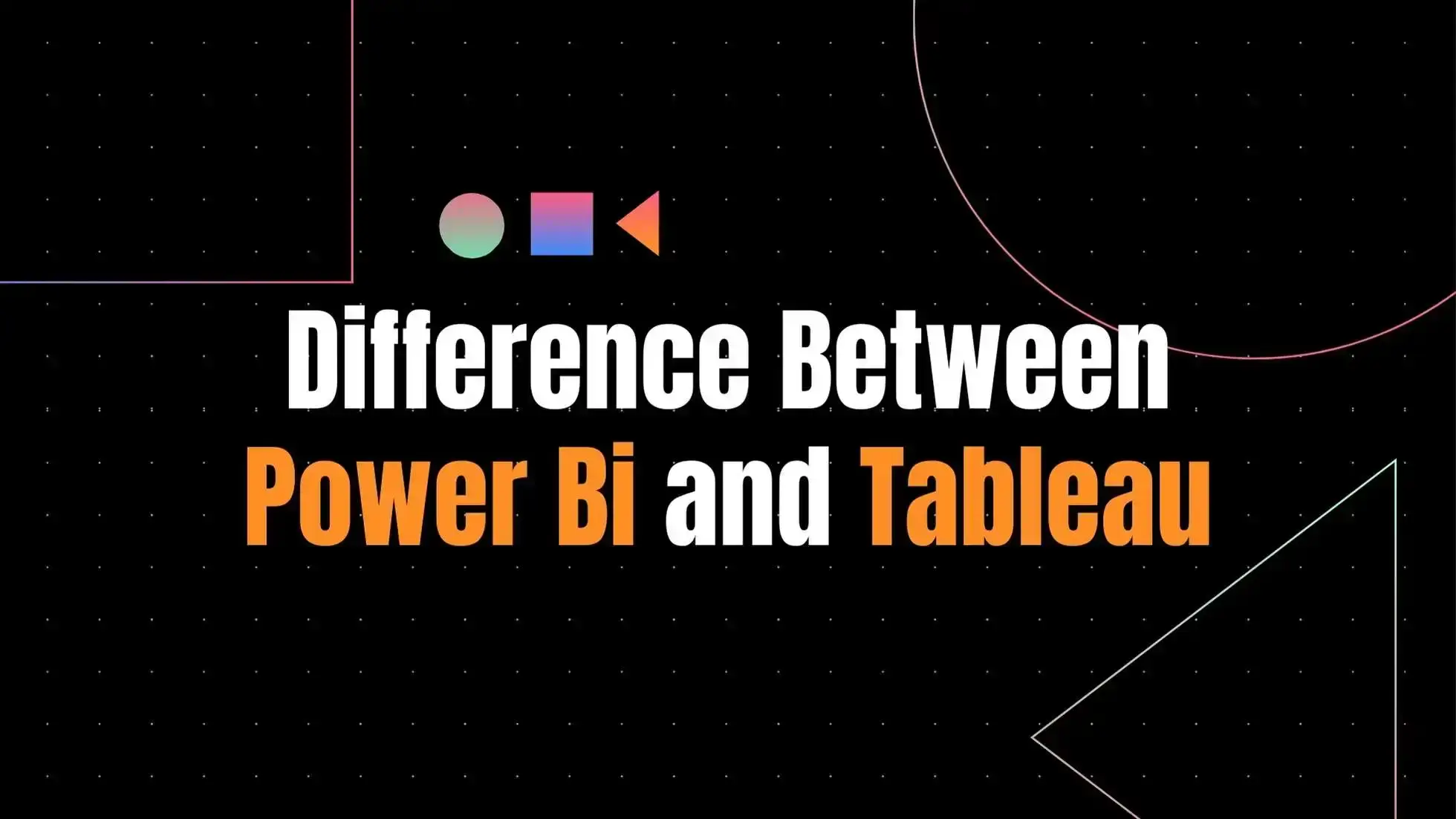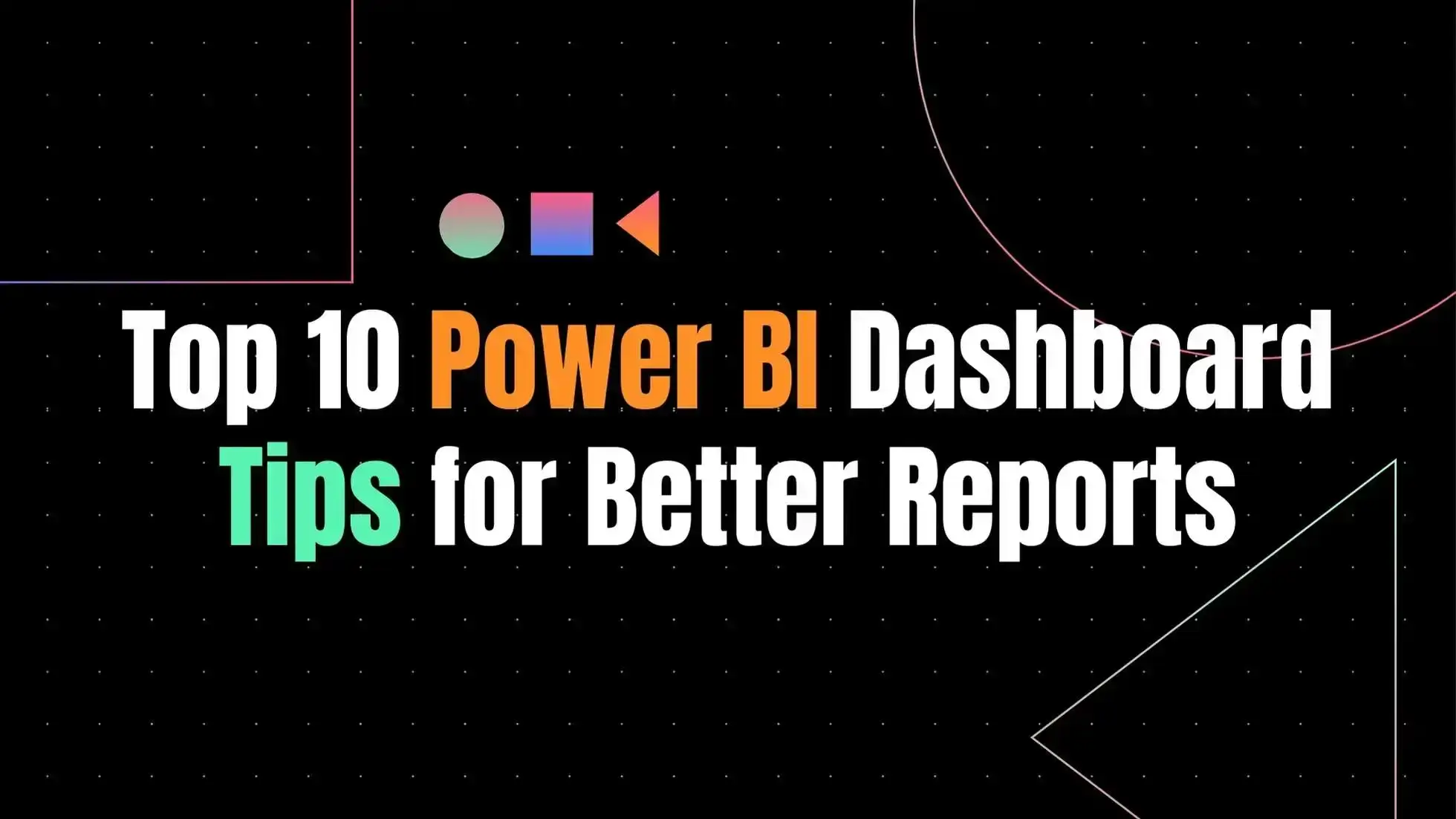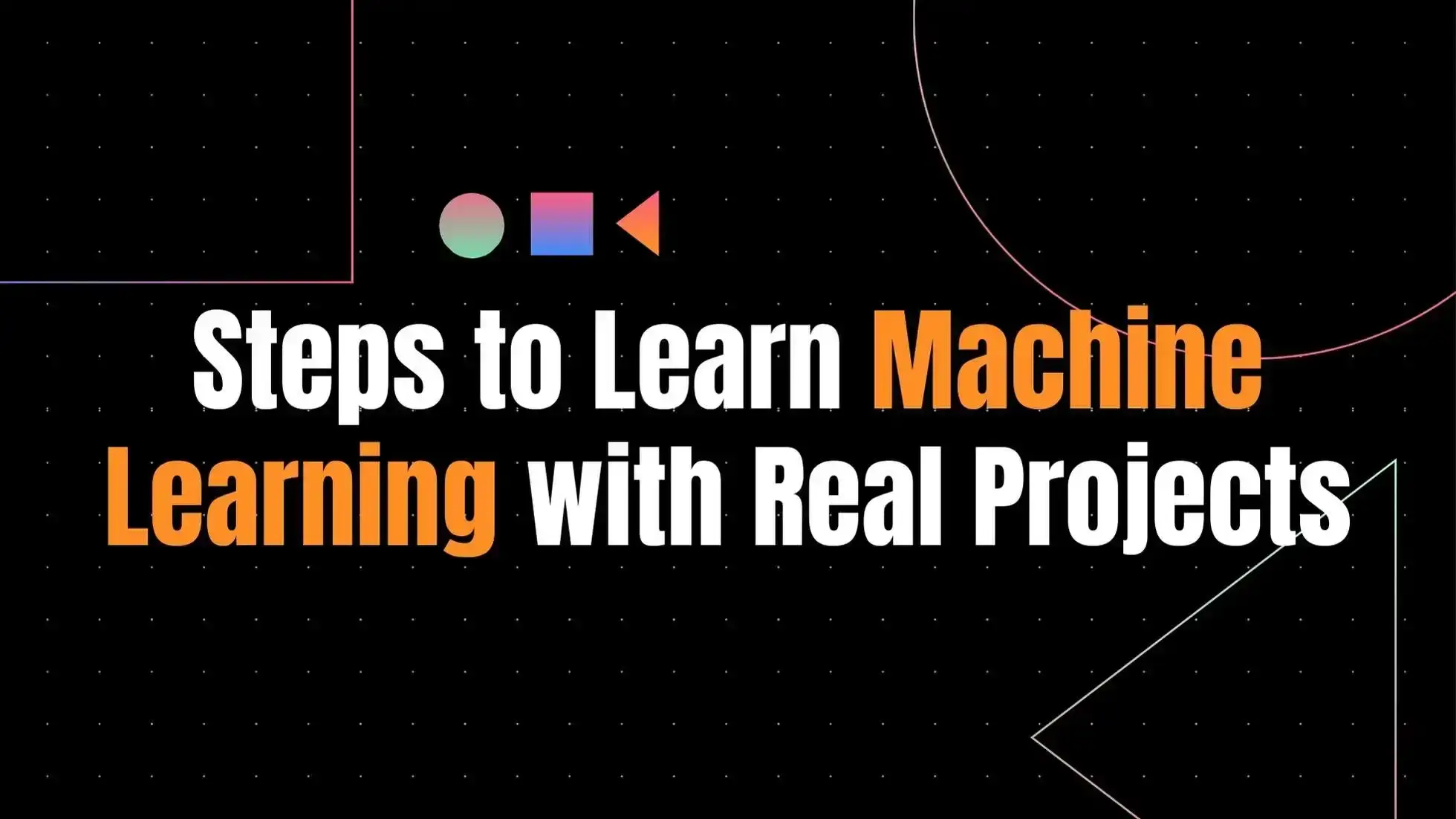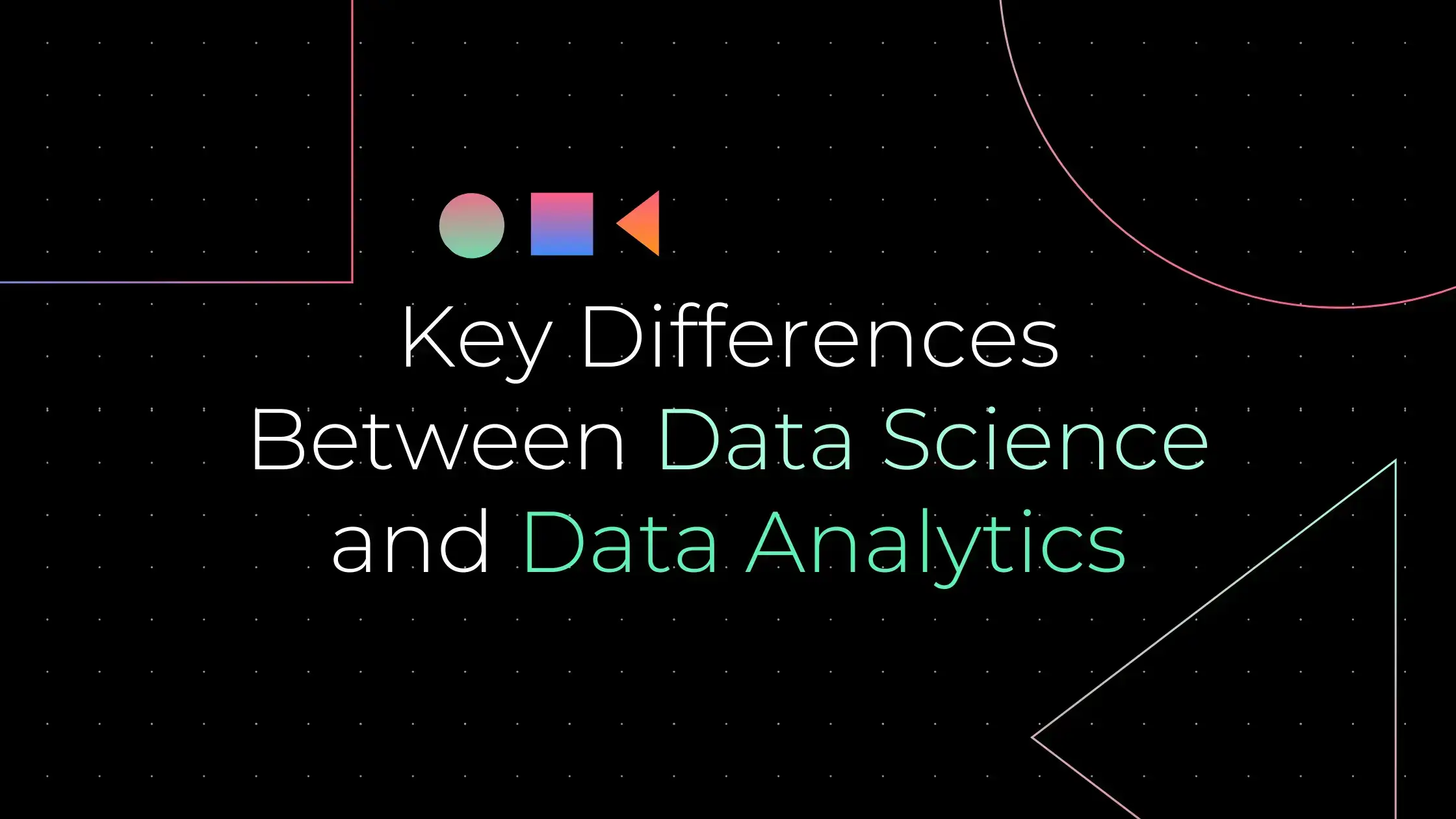Python, an interpreted, high-level programming language, is celebrated for its ease of learning and versatility, making it the first choice for beginners eager to enter the programming world. With its syntax prioritizing readability and a comprehensive standard library, Python stands out as a “batteries included” language suitable for a variety of applications, from web development to machine learning.
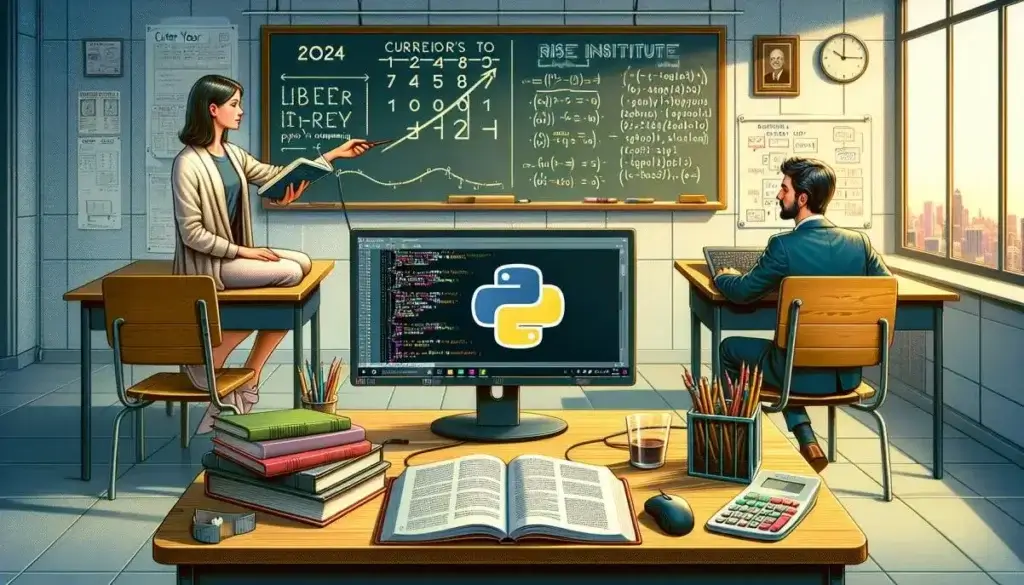
As the demand for Python developers continues to rise, learning Python from scratch presents a valuable opportunity for aspiring programmers. This article aims to guide beginners through the basics of Python, from setting up a learning environment to embarking on simple projects, and eventually advancing to more complex applications.
Understanding the Basics of Python
Python is celebrated for its gentle learning curve and extensive support through online resources and a large community. Beginners can choose to explore either object-oriented programming (OOP) or functional programming to write more efficient and maintainable code. A solid understanding of Python’s data structures is crucial, including strings, tuples, lists, dictionaries, and numpy arrays.
Setting Up Your Python Environment
- Installation: Python is included in many Linux and UNIX distributions and on some Windows computers. For others, installation guidelines are available on the BeginnersGuide/Download wiki page.
- Choosing an IDE: Before starting, select an IDE or text editor tailored for Python to simplify coding.
- Resources: Utilize the online documentation for definitive information and explore the Python Package Index for useful libraries.
Deepening Python Knowledge
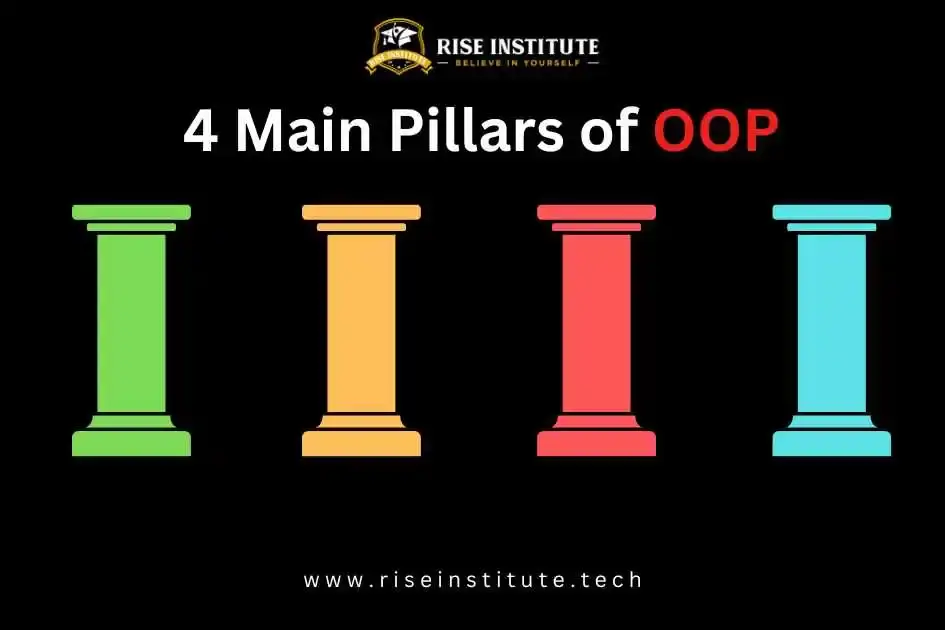
- Advanced Data Structures: Learn about trees, graphs, queues, stacks, heaps, and linked lists.
- Algorithm Understanding: Study essential algorithms like binary search trees and understand Big-O analysis for evaluating performance.
- Mastering OOP: Gain proficiency in object-oriented programming by understanding classes, inheritance, and basic design patterns.
Contributing and Further Learning
- Reading Materials: There are several introductory books and code samples available for beginners.
- Community Involvement: Engage with the Python community by contributing to the Python documentation or becoming a member of the Python Software Foundation (PSF).
This structured approach not only helps in grasping the basics but also prepares learners for more complex Python applications.
Utilizing Resources and Setting Up a Learning Environment
To effectively learn Python in 2024, setting up a robust development environment is crucial. This involves several key steps:
Installation and Environment Setup
- Python Installation: Begin by downloading Python from the official website. Ensure you install Python3, as it’s the latest major release.
- Virtual Environments: Use venv to create isolated Python environments for your projects. This allows you to manage dependencies and Python versions more efficiently.
- Dependency Management: Utilize pip for installing and managing Python packages within your virtual environments.
- Modern Tools: Incorporate tools like pyenv for version management, and Poetry for handling dependencies and packaging.
Collaborative and Advanced Setup
- Cloud Integration: For projects involving collaboration, set up your Python environment on Google Cloud. This includes installing necessary Cloud Client Libraries and the gcloud CLI for interacting with Google Cloud services.
- Project Management: Use GitHub for version control. Ensure your project structure is clear, with a well-defined pipeline for continuous integration and deployment.
- Advanced Tools: Integrate advanced tools such as Docker for containerization, and Jupyter notebooks for interactive coding sessions, especially useful in data science projects.
Learning Resources and Tools
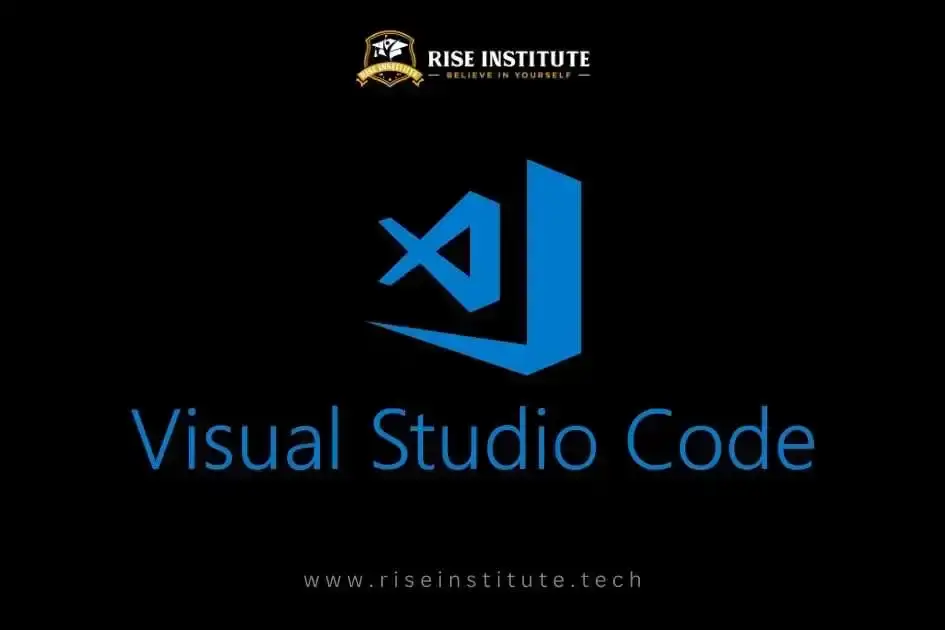
- Code Editors: Select an IDE or code editor that best fits your needs. Popular choices include VSCode and PyCharm, which offer extensive support for Python development.
- Learning Paths and Courses: Engage with structured learning paths and courses that cover everything from basic Python setup to advanced programming techniques. This includes using virtual environments, managing multiple Python versions, and mastering testing frameworks like PyTest.
- Exploration of Libraries and Frameworks: Dive into Python’s rich ecosystem of libraries such as NumPy for numerical computations, pandas for data manipulation, and frameworks like Django and Flask for web development.
By following these steps, you can create a learning environment that not only supports the basics of Python programming but also prepares you for advanced development and collaboration in a cloud-centric world.
Practical Application: Starting with Simple Projects
Engage in Small-Scale Projects
- Web Scraping: Start by creating a web scraper to collect data from websites. This project will teach you how to navigate and parse HTML and use libraries like BeautifulSoup or Scrapy.
- Simple Web Application: Build a basic web application using Flask or Django. This could be a blog, a portfolio site, or a simple data dashboard.
- Data Analysis: Analyze a dataset from Kaggle to gain insights using libraries like pandas and matplotlib. This project helps in understanding data manipulation and visualization techniques.
Regular Coding Practice
- Consistency is Key: Make it a habit to code daily. Regular practice helps in reinforcing the concepts learned and builds muscle memory, which is crucial for becoming proficient in Python.
- Collaborative Projects: Engage in personal or collaborative projects. This not only helps in applying theoretical knowledge but also enhances skills in version control and working in teams.
Problem Solving on Coding Platforms
- Engage in solving problems on platforms like Project Euler, Code Wars, Top Coder, and Hacker Rank. This practice helps in sharpening problem-solving skills and understanding algorithmic thinking.
Tutorial-Based Learning
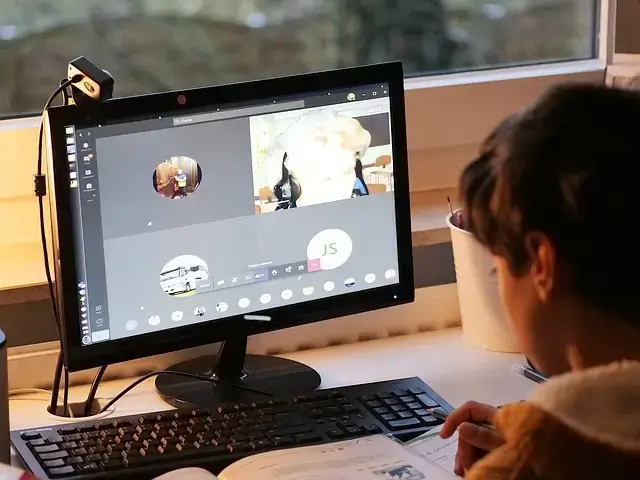
- Beginner Projects: Start with simple and fun projects like building a ‘Guess the Number’ game or ‘Mad Libs’ to learn basic concepts such as loops, conditionals, and user input handling.
- Intermediate Challenges: As you gain confidence, move on to slightly more complex projects like a Rock, Paper, Scissors game or a Hangman game. These projects introduce you to more advanced use of conditionals and data structures like lists and dictionaries.
- Advanced Projects: Take on projects that require a deeper understanding of algorithms and data structures, such as building a Sudoku solver or a Minesweeper game. These projects often involve recursion, backtracking, or the use of classes.
Exploring Python Libraries and Frameworks
- QR Code Applications: Learn to create and decode QR codes using the qrcode library. This project teaches how to encode and decode information, a useful skill in various applications.
- Game Development: Develop games like Snake, Tetris, or even an online multiplayer game using libraries like Pygame. This introduces concepts of object-oriented programming and working with real-time data.
By starting with these practical projects, learners can gradually build their Python skills from basic to advanced levels, making the learning process both educational and enjoyable.
Advancing Your Skills with Intermediate Projects and Beyond
Intermediate and Advanced Learning Pathways
- Comprehensive Learning Courses: Engage in intermediate and advanced Python tutorials or courses to solidify and expand upon the foundational knowledge already acquired.
- Specialization in Python Areas: Dive into specialized domains like data analysis, machine learning, or web development to deepen technical skills and understanding.

Practical Application Through Projects
- Open-Source Contribution: Enhance Python programming skills and gain real-world experience by contributing to open-source projects, collaborating with seasoned developers.
- Domain-Specific Projects: Focus on projects that align with personal interests and career aspirations, such as data science, machine learning, or web development.
Competitive Programming and Development
- Kaggle Competitions: Participate in data science competitions on platforms like Kaggle to challenge and improve problem-solving and analytical skills.
- Web Development Skills: Acquire basic knowledge in HTML, CSS, JavaScript, Java, or C languages to utilize Python effectively in web or software development projects.
Development Tools and Applications
- Advanced Tools and Applications: Create and utilize tools such as a Regex Query Tool for validating regex strings, a URL Shortener to simplify URLs, or a Content Aggregator to compile information from various sources.
- Utility and Productivity Apps: Develop applications like a Post-It Note web app for note-taking, an MP3 Player for audio files, or an Expense Tracker to manage finances.
Innovative Project Ideas
- Creative and Useful Projects: Consider building a Personal Assistant, a Facial Recognition system, or a Stock Trading Algorithm to tackle more complex problems and integrate various technological advancements.
- AI and Machine Learning Projects: Explore projects involving Natural Language Processing, Autonomous Drone Navigation, or a Recommendation System to delve into cutting-edge technology and machine learning.
By progressing through these steps, learners can significantly enhance their Python skills, moving from basic programming to mastering advanced techniques and engaging in substantial projects.
Conclusion
Throughout this journey of learning Python from scratch, we’ve navigated the foundational elements, delved into practical applications, and explored pathways for advanced learning and project involvement. By integrating the basics with hands-on projects and emphasizing regular practice and exploration of Python’s versatile ecosystem, learners are equipped to transition from beginners to proficient developers. The significance of building a robust learning environment and engaging with the community cannot be overstated, as these steps lay the groundwork for a successful programming practice.
As we conclude, it’s clear that mastering Python opens a world of opportunities for aspiring programmers. By following the structured approach outlined, learners are not only prepared to tackle real-world projects but are also positioned to contribute to open-source projects and specialize in areas of interest. The journey does not end here; it’s merely the beginning of an ongoing process of learning, adapting, and innovating in the dynamic field of Python programming. Further exploration and continuous practice will remain key to staying abreast of new developments and honing your skills in this ever-evolving landscape.
FAQs
What steps should I take to learn Python in the year 2024?
What are the recommended strategies for mastering Python from the ground up?
- Identify your area of interest within Python's broad spectrum, which includes fields like web development, data analytics, and AI.
- Practice coding consistently to improve your skills.
- Apply your knowledge to real-world projects for hands-on experience.
- Become part of a Python community to learn from others.
- Take your time to understand concepts deeply rather than rushing through them.
- Continue to refine and iterate your coding practices as you learn.

